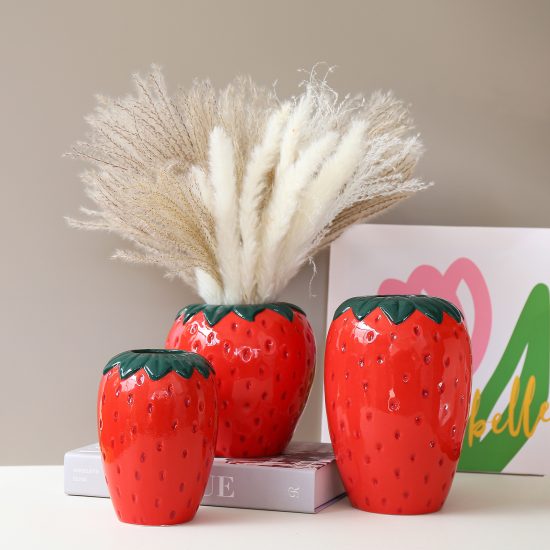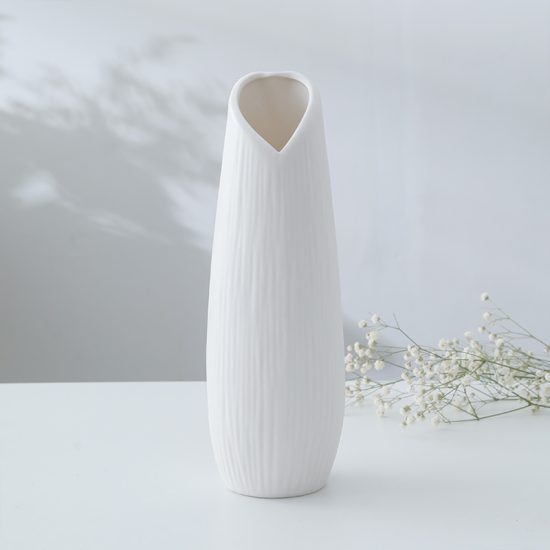Ceramic plates offer several advantages over other materials commonly used for plates. Here are some pros of ceramic plates compared to other materials:
- Durability: Ceramic plates are known for their durability and ability to withstand regular use. They are resistant to chipping, cracking, and scratching, making them long-lasting and suitable for everyday dining.
- Heat Resistance: Ceramic plates have excellent heat resistance, allowing them to withstand high temperatures without warping or melting. This makes them ideal for serving hot food directly from the oven or microwave.
- Versatility: Ceramic plates are versatile and can be used for various purposes. They are suitable for both everyday meals and special occasions. They can be used to serve hot or cold dishes and are often oven-safe, allowing for cooking or reheating food directly on the plates.
- Aesthetic Appeal: Ceramic plates come in a wide range of designs, colors, and patterns. They can add an artistic and decorative touch to your dining table, allowing you to personalize your table setting based on your style preferences.
- Non-Reactive Surface: Ceramic plates have a non-reactive surface, meaning they do not interact with the food or alter its taste. They do not leach chemicals or flavors into the food, ensuring that the flavors of the dish remain pure and unaltered.
- Easy to Clean: Ceramic plates are relatively easy to clean. They usually have a smooth, non-porous surface that resists staining and makes it difficult for food particles to stick. Most ceramic plates are dishwasher-safe, although hand washing is often recommended for delicate designs.
- Environmentally Friendly: Ceramic plates are an eco-friendly option compared to disposable or plastic plates. They are made from natural materials and are biodegradable, reducing the environmental impact associated with single-use tableware.
While ceramic plates have their advantages, it’s worth noting that other materials also have their own strengths. For example:
- Glass plates: Glass plates are transparent, allowing for a visually appealing presentation of food. They are easy to clean and resistant to staining. However, they may be more prone to breaking compared to ceramic plates.
- Stainless steel plates: Stainless steel plates are durable, resistant to corrosion, and lightweight. They are often used in commercial settings and outdoor dining. However, they may not offer the same aesthetic appeal as ceramic plates.
- Melamine plates: Melamine plates are lightweight, durable, and resistant to breakage. They are often used for outdoor dining or in casual settings. However, they may not be suitable for use in high-temperature environments like the oven or microwave.
The choice of plate material ultimately depends on personal preferences, intended use, and the desired aesthetic for your dining table. Ceramic plates are favored by many for their beauty, versatility, and durability.


